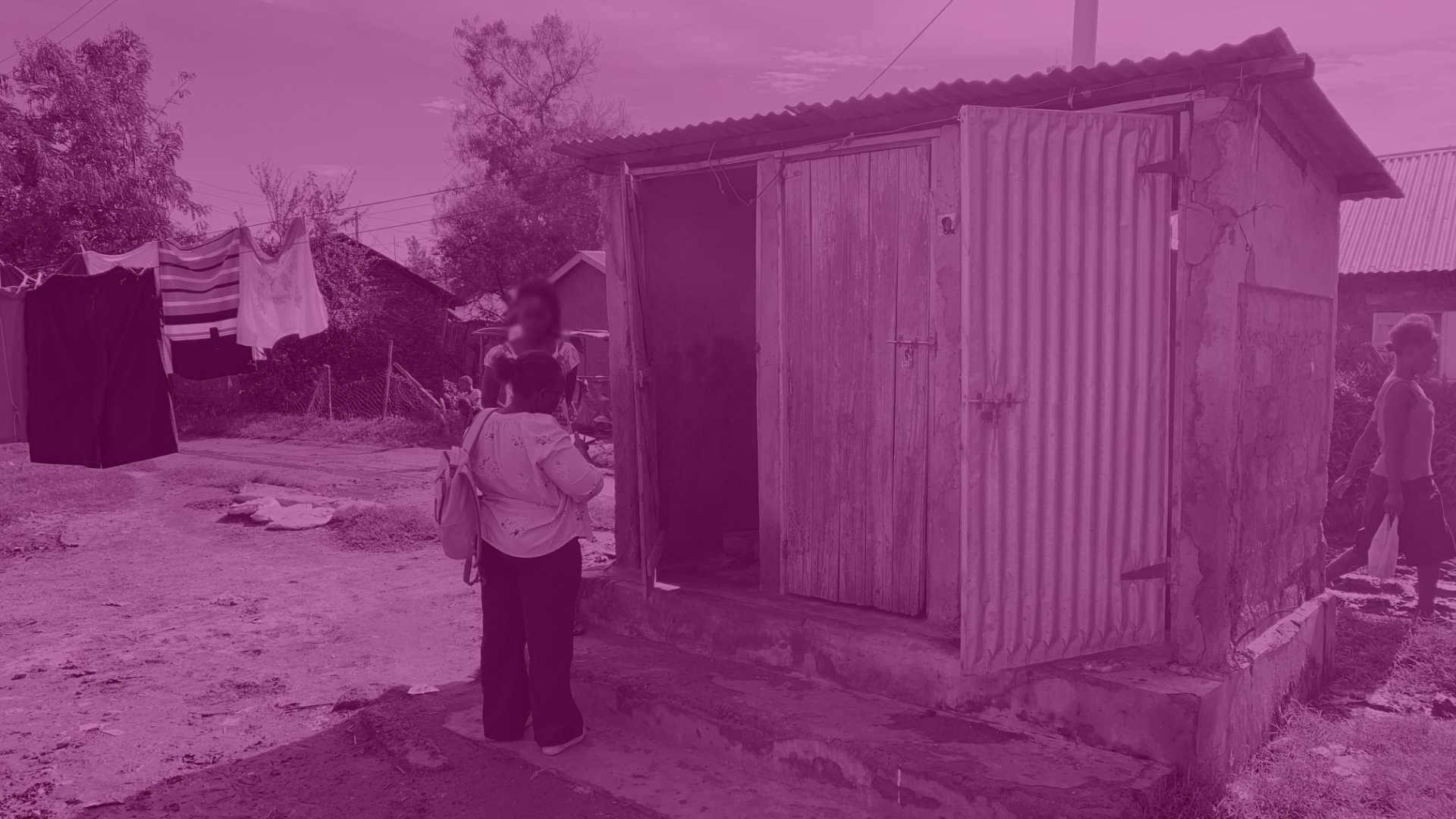Toilets for Low-income Settlements

The Sustainable Development Goal (SDG) 6.2 calls for adequate and equitable sanitation and hygiene for all. However, in 2017, more than 2.3 billion people did not have access to adequate sanitation services, out of which 600 million people relied on shared toilet facilities. From a public health perspective, this situation is disconcerting as the lack of sanitation is one of the key factors contributing to diarrheal infections, which are the second leading cause of death among children below five in developing countries.
On-site sanitation systems are recognized to be one of the best technological options for poor, water-scarce and fast-growing urban areas. While private investment in such facilities has remained low, national and international agencies have provided free public toilets in many informal settlements. However, free public toilets often suffer from poor maintenance. Many settlements resort to shared toilets to improve sanitation, although it is only considered a ‘limited’ solution at best.
We study various aspects of sanitation in low-income settlements, such as using a randomized controlled trial to test various interventions in Kampala, Uganda, as well as surveying toilet facilities and their users across cities in Bangladesh, Ghana, and Kenya, to identify key criteria of what constitutes ‘high quality’ sanitation in urban contexts.
Researchers: Dario Meili, Isabel Günther
Publications
Meili, D., Schelbert, V., Alam, MU. et al. external page Indicators for Sanitation Quality in Low-Income Urban Settlements: Evidence from Kenya, Ghana, and Bangladesh. Social Indicators Research, 2022, 683–720.
Tilley, E. and Günther, I. external page The Impact of Conditional Cash Transfer on Toilet Use in eThekwini, South Africa. Sustainability, 2016, 1070.
Kwiringira, J., Atekyereza, P., Niwagaba, C. et al. external page Descending the sanitation ladder in urban Uganda: evidence from Kampala Slums. BMC Public Health, 2014, 624.
Policy Briefs & Fact Sheets
Alam, M.-U., Schelbert, V., Meili, D., Ferdous, S. and Lüthi, C., Shared Sanitation in Low-income Urban Settlements in Bangladesh, Research for Policy, 2021.
Schelbert, V., Meili, D., Simiyu, S., Alam, M.-U., Antwi-Agye, P. and Lüthi, C., Shared Sanitation in Low-income Urban Settlements. Evidence from Ghana, Kenya and Bangladesh, Research for Policy, 2021.
Simiyu, S., Schelbert, V., Meili, D. and Lüthi, C., Shared Sanitation in Low-income Urban Settlements in Kenya, Research for Policy, 2021.
Antwi-Agyei, P., Dwumfour-Asare, B., Adjei, K.A., Schelbert, V., Meili, D. and Lüthi, C., Shared Sanitation in Low-income Urban Settlements in Ghana, Research for Policy, 2021.
Günther, I., Horst, A. C., Borofsky, Y. and Niwagaba, C. B., How to increase toilet coverage among the urban poor? The effects of information, subsidies and financing on private investment in improved sanitation in Kampala, Uganda. Research Policy, 2016.
Günther, I., Horst, A., Borofsky, Y. and Niwagaba, C.B., How to increase toilet coverage among the urban poor?. The effects of information, subsidies and financing on private investment in improved sanitation in Kampala, Uganda, Research for Policy, 2016.
Günther, I. and A. Horst, external page Access to better Toilets - How to improve the sanitation situation in slum settlements, Development and Cooperation, 2014.
Lüthi, C., Niwagaba, B.C., Günther, I., Horst, A., Mulongo, P. and Grüter, R., Ventilated Improved Latrine construction in the slum areas of Kampala, Uganda, U-ACT Technical Factsheet, 2013.
Gunther, I., Horst, A, Lüthi, C., Mosler, H-J., Niwagaba, C. and Tumwebaze, I., Download When is shared sanitation improved sanitation? The correlation between number of users and toilet hygiene, (PDF, 1.1 MB) Research for Policy, 2012.
Gunther, I., Horst, A., Lüthi, C., Mosler, H.-J., Niwagaba, C. and Tumwebaze, I., Where do Kampala’s poor “go”? Urban sanitation conditions in Kampala’s low-income areas. Research for Policy, 2011.